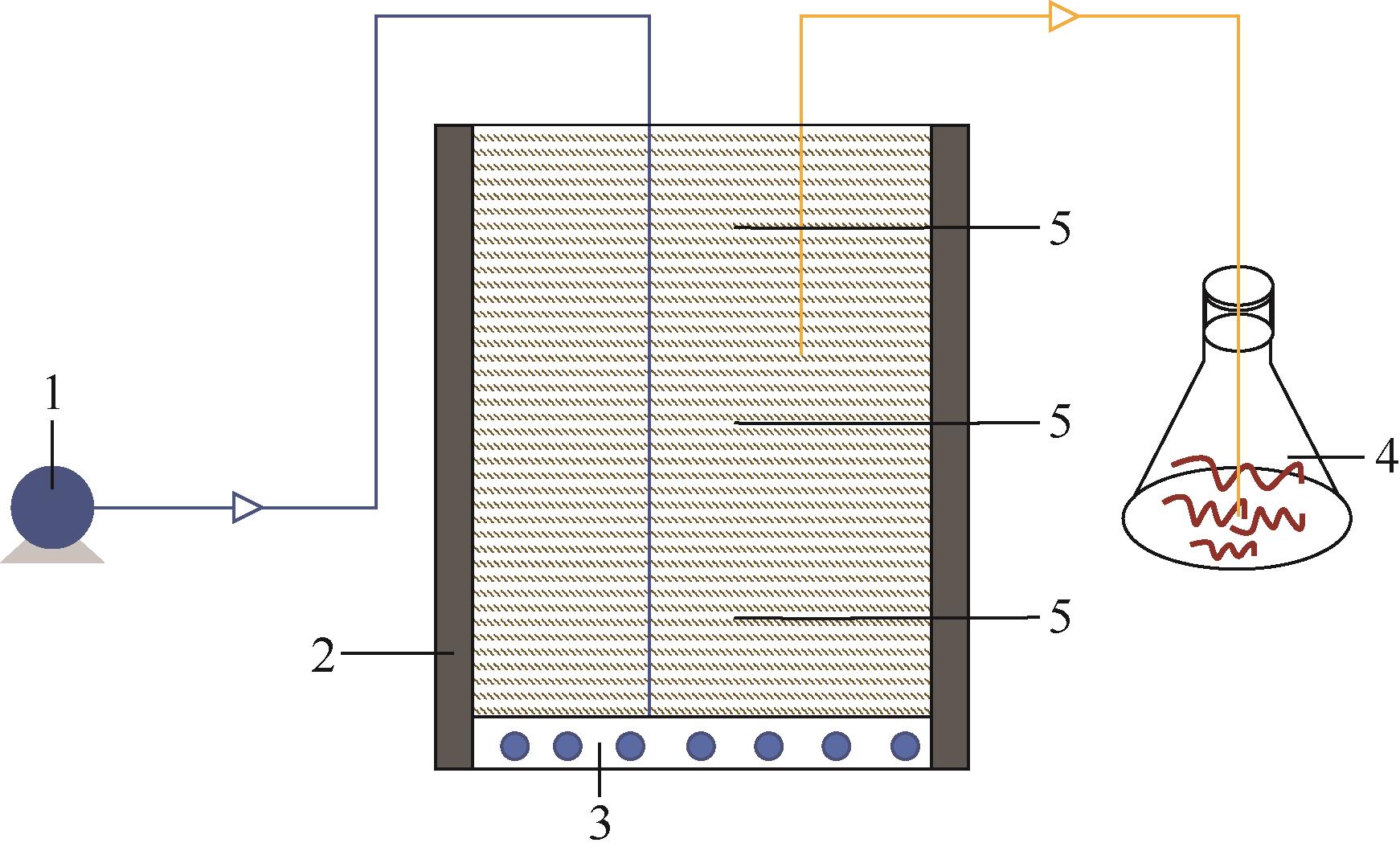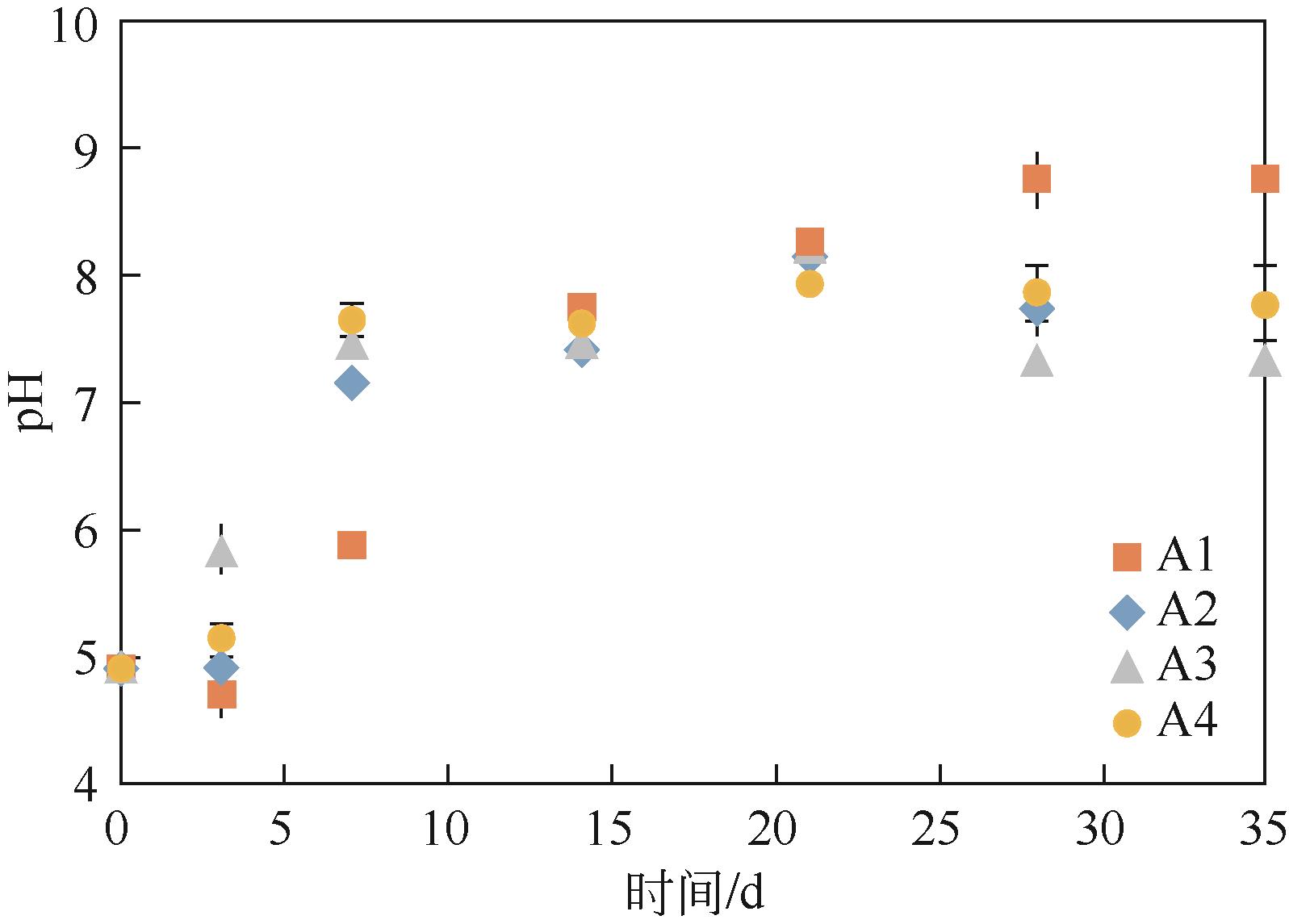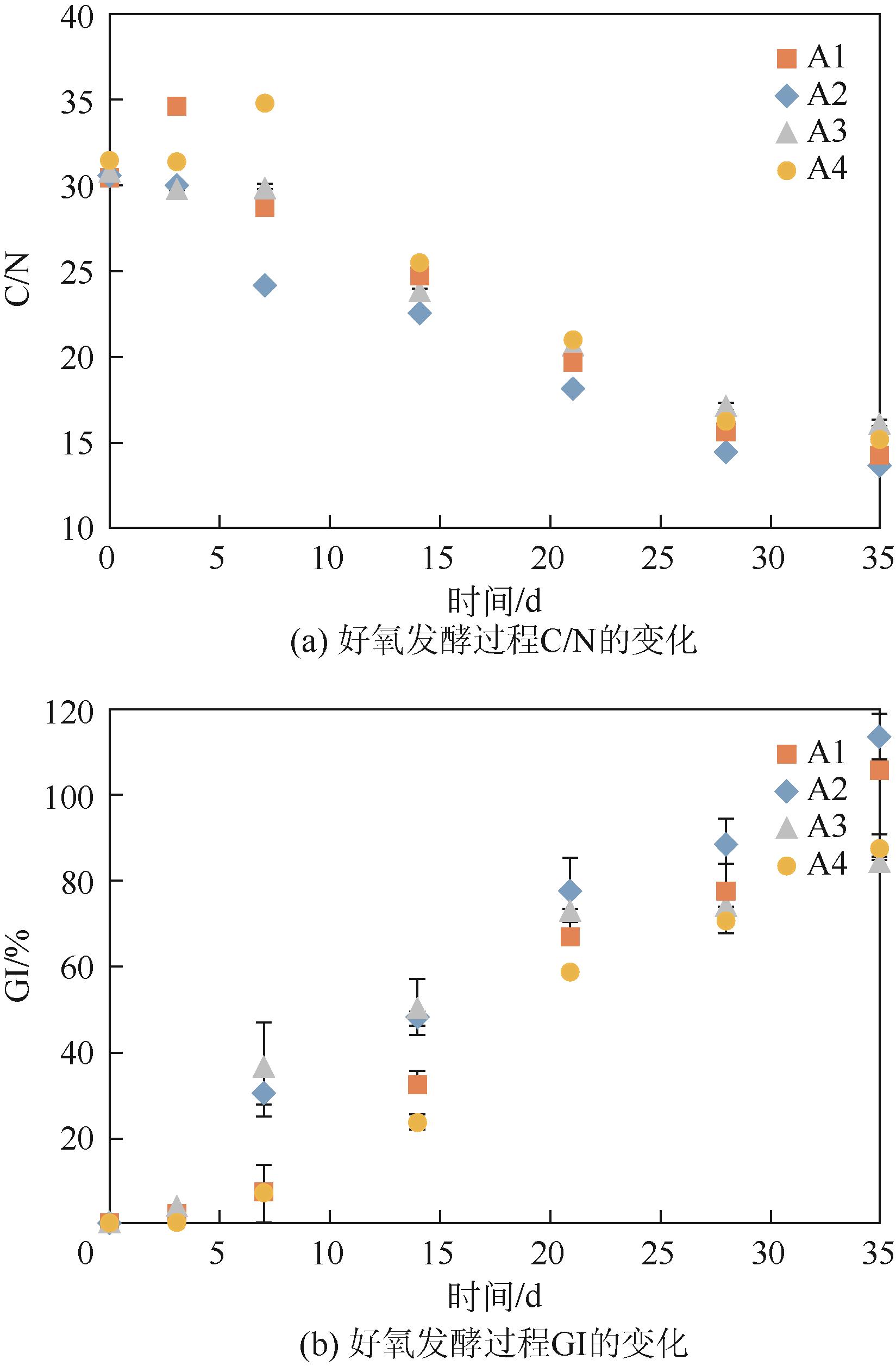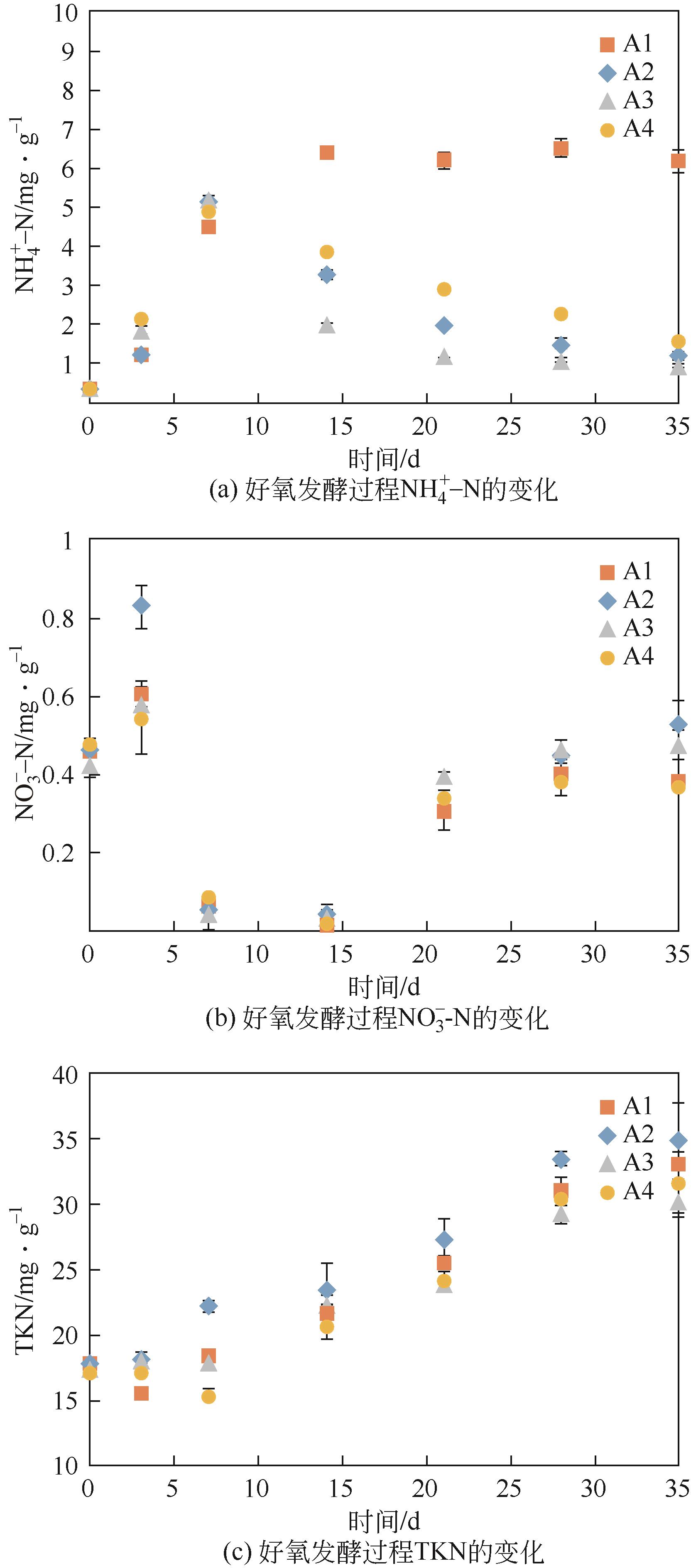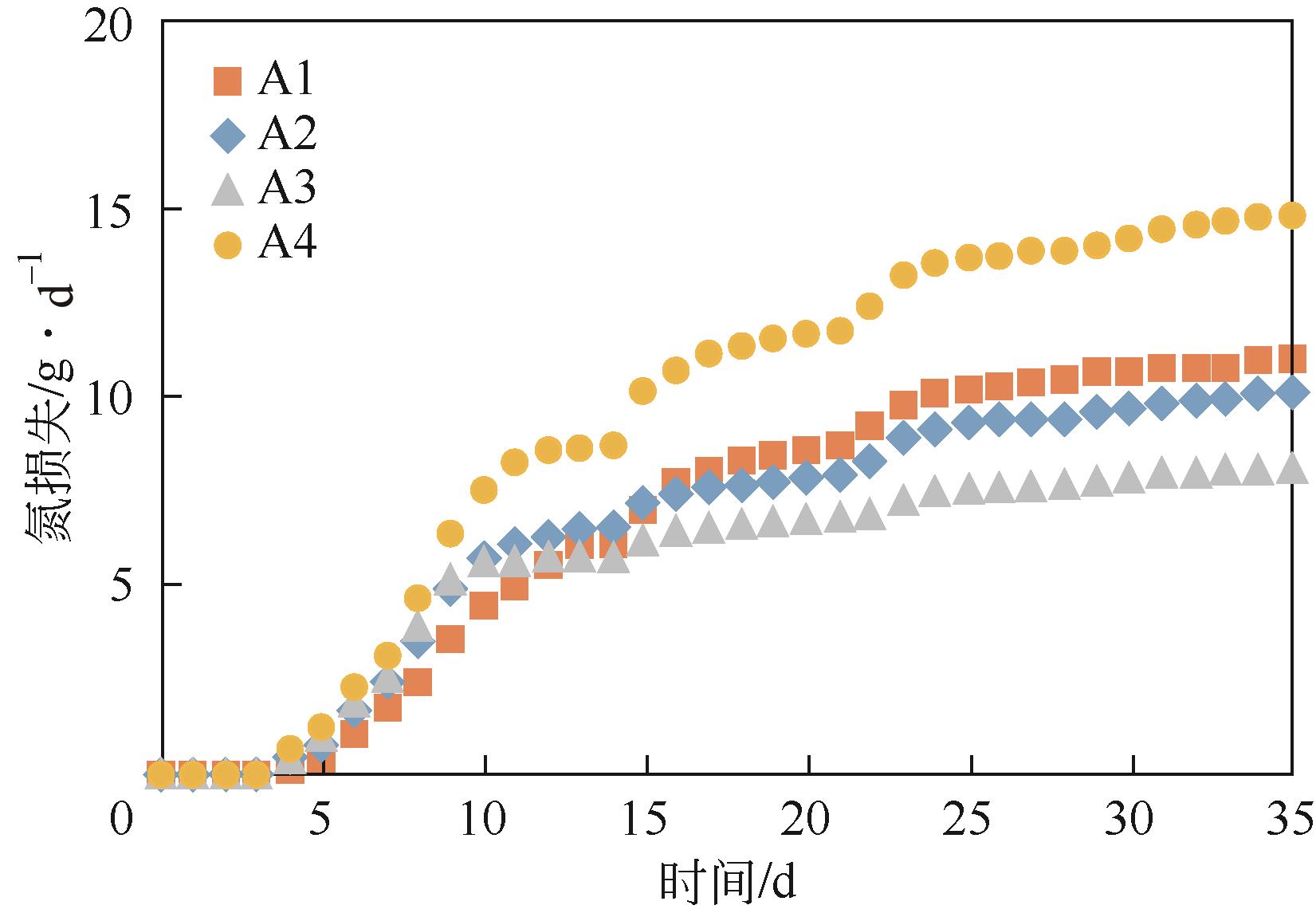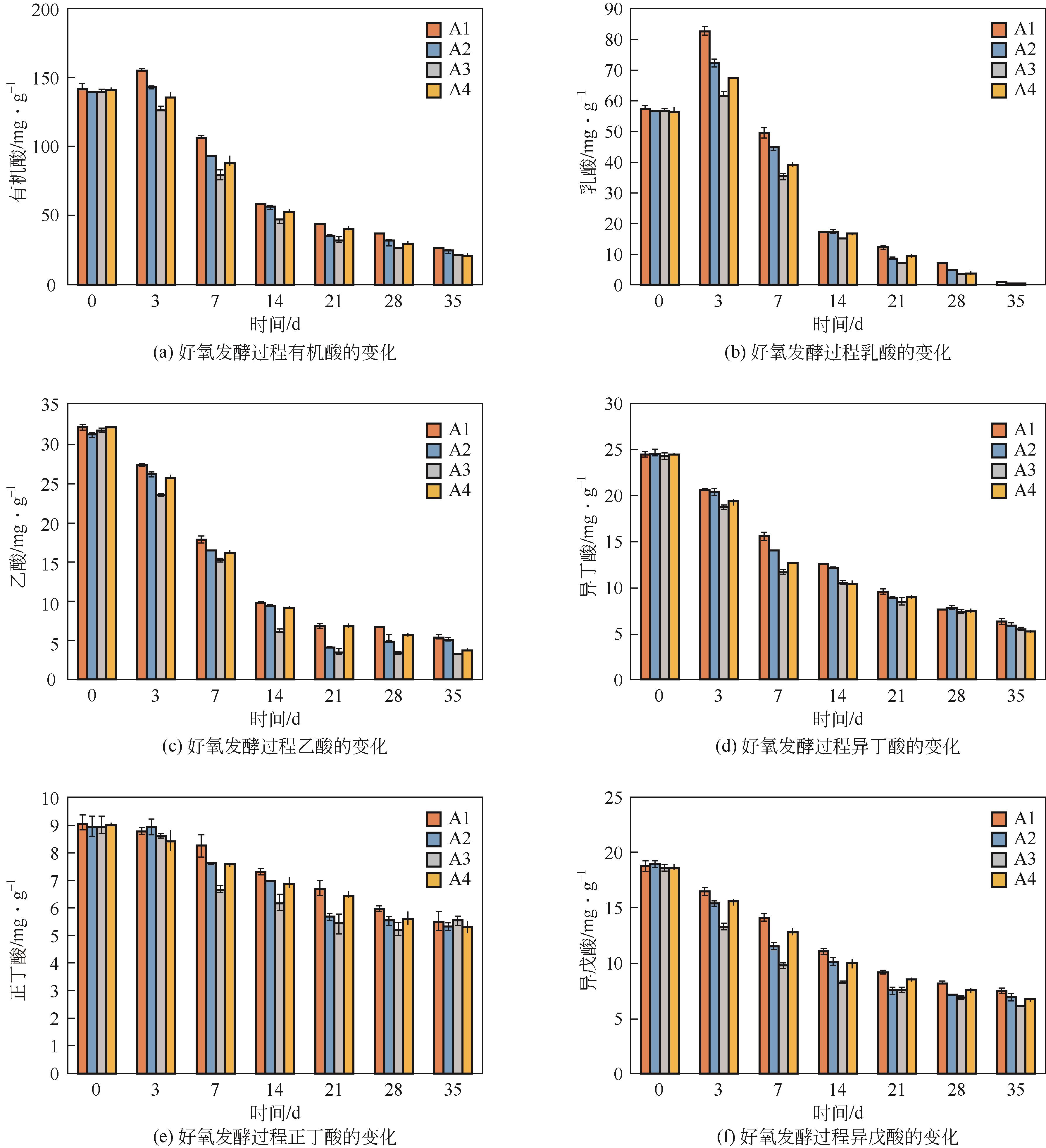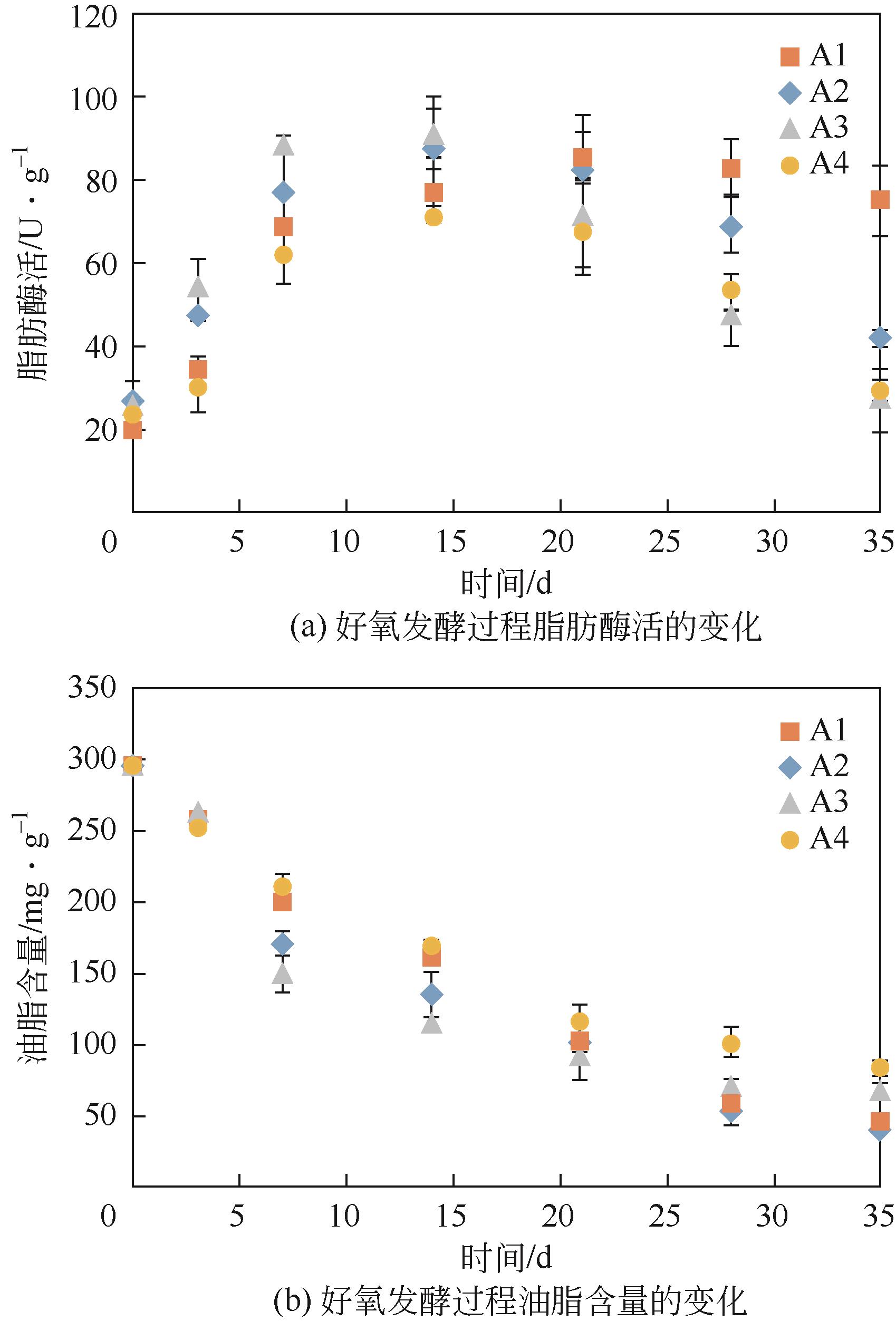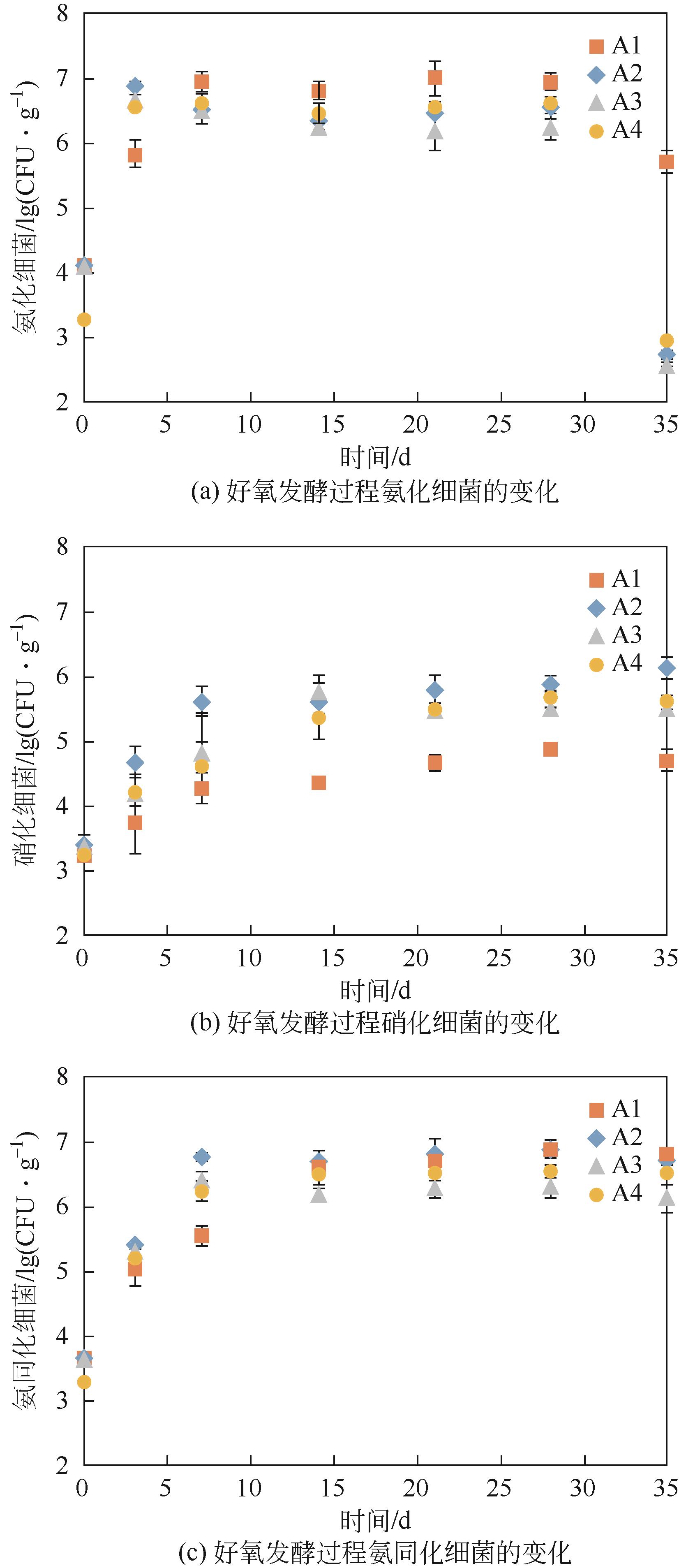| 1 |
LIU Min, OGUNMOROTI Abiodun, LIU Wei, et al. Assessment and projection of environmental impacts of food waste treatment in China from life cycle perspectives[J]. Science of the Total Environment, 2022, 807: 150751.
|
| 2 |
GONG Beini, ZHONG Xiujuan, CHEN Xian, et al. Manipulation of composting oxygen supply to facilitate dissolved organic matter (DOM) accumulation which can enhance maize growth[J]. Chemosphere, 2021, 273: 129729.
|
| 3 |
张冬, 董岳, 黄瑛, 等. 国内外污泥处理处置技术研究与应用现状[J]. 环境工程, 2015, 33(S1): 600-604.
|
|
ZHANG Dong, DONG Yue, HUANG Ying, et al. Research and application situation of sludge treatment and disposal technology at home and abroad[J]. Environmental Engineering, 2015, 33(S1): 600-604.
|
| 4 |
安玉亭, 刘彬, 薛丹丹, 等. 城市污泥与稻草混合堆肥氧气消耗的通风量优化研究[J]. 中国土壤与肥料, 2019(1): 128-133.
|
|
AN Yuting, LIU Bin, XUE Dandan, et al. The research of optimal ventilation: The oxygen consumption study of urban sewage sludge composting with rice straw[J]. Soils and Fertilizers Sciences in China, 2019(1): 128-133.
|
| 5 |
王国兴. 通风量对牛粪堆肥化过程中微生物菌群及氨氧化活性的影响[D]. 大庆: 黑龙江八一农垦大学, 2016.
|
|
WANG Guoxing. Effect of ventilation rate on microbial flora and ammonia oxidation activity during composting of cow dung[D]. Daqing: Heilongjiang Bayi Agricultural University, 2016.
|
| 6 |
张玉冬, 张红玉, 顾军, 等. 通风量对厨余垃圾堆肥过程中H2S和NH3排放的影响[J]. 农业环境科学学报, 2015, 34(7): 1371-1377.
|
|
ZHANG Yudong, ZHANG Hongyu, GU Jun, et al. Influence of ventilation on H2S and NH3 emissions during kitchen waste compositing[J]. Journal of Agro-Environment Science, 2015, 34(7): 1371-1377.
|
| 7 |
GUO Rui, LI Guoxue, JIANG Tao, et al. Effect of aeration rate, C/N ratio and moisture content on the stability and maturity of compost[J]. Bioresource Technology, 2012, 112: 171-178.
|
| 8 |
李季, 彭生平. 堆肥工程实用手册[M]. 2版. 北京: 化学工业出版社, 2011.
|
|
LI Ji, PENG Shengping. Practical handbook of composting engineering[M]. 2nd ed. Beijing: Chemical Industry Press, 2011.
|
| 9 |
凌玲, 李秀芬. 复合除油微生物菌剂的油脂去除特性[J]. 食品与生物技术学报, 2023, 42(8): 31-37.
|
|
LING Ling, LI Xiufen. Study on the grease removal characteristics of the compound degreasing microbial agent[J]. Journal of Food Science and Biotechnology, 2023, 42(8): 31-37.
|
| 10 |
程丰. 外源添加剂减少好氧堆肥过程氮素损失的效果研究[D]. 无锡: 江南大学, 2021.
|
|
CHENG Feng. Effect of exogenous additives on reducing nitrogen loss in aerobic composting process[D]. Wuxi: Jiangnan University, 2021.
|
| 11 |
孟利强. 碳源调控污泥堆肥氮素转化与含氮气体释放生物机制研究[D]. 哈尔滨: 哈尔滨工业大学, 2019 .
|
|
MENG Liqiang. Study on biological mechanism of carbon source regulating nitrogen transformation and nitrogen-containing gas release in sludge compost[D]. Harbin: Harbin Institute of Technology, 2019.
|
| 12 |
吴传栋. 基于碳源调控的污泥堆肥氮素转化及氨同化作用机制研究[D]. 哈尔滨: 哈尔滨工业大学, 2018.
|
|
WU Chuandong. Study on nitrogen transformation and ammonia assimilation mechanism of sludge compost based on carbon source regulation[D]. Harbin: Harbin Institute of Technology, 2018.
|
| 13 |
张唐娟, 张俊峰, 袁巧霞. 通风量对菇渣好氧发酵温度时空特性的影响[J]. 可再生能源, 2015, 33(1): 97-103.
|
|
ZHANG Tangjuan, ZHANG Junfeng, YUAN Qiaoxia. Effect of ventilation rate on temporal and spatial variation of aerobic fermentation temperature for mushroom residue[J]. Renewable Energy Resources, 2015, 33(1): 97-103.
|
| 14 |
WANG Yumei, TANG Ya, LI Mengyao, et al. Aeration rate improves the compost quality of food waste and promotes the decomposition of toxic materials in leachate by changing the bacterial community[J]. Bioresource Technology, 2021, 340: 125716.
|
| 15 |
党娅倩. 市政污泥好氧堆肥工艺优化及微生物群落组成研究[D]. 邯郸: 河北工程大学, 2020.
|
|
DANG Yaqian. Optimization of municipal sludge aerobic composting process and study on microbial community composition[D]. Handan: Hebei University of Engineering, 2020.
|
| 16 |
JIANG Tao, LI Guoxue, TANG Qiong, et al. Effects of aeration method and aeration rate on greenhouse gas emissions during composting of pig feces in pilot scale[J]. Journal of Environmental Sciences, 2015, 31: 124-132.
|
| 17 |
RASAPOOR M, NASRABADI T, KAMALI M, et al. The effects of aeration rate on generated compost quality, using aerated static pile method[J]. Waste Management, 2009, 29(2): 570-573.
|
| 18 |
刘珺婉, 郑国砥, 郑海霞, 等. 不同通风量下城市污泥堆肥过程中硫素的转化特征[J]. 植物营养与肥料学报, 2021, 27(1): 135-143
|
|
LIU Junwan, ZHENG Guodi, ZHENG Haixia, et al. Conversion of sulfur during sewage sludge composting under different ventilation conditions[J]. Journal of Plant Nutrition and Fertilizers, 2021, 27(1): 135-143.
|
| 19 |
GE Mianshen, ZHOU Haibin, SHEN Yujun, et al. Effect of aeration rates on enzymatic activity and bacterial community succession during cattle manure composting[J]. Bioresource Technology, 2020, 304: 122928.
|
| 20 |
ZHANG Bangxi, XU Zhicheng, JIANG Tao, et al. Gaseous emission and maturity in composting of livestock manure and tobacco wastes: Effects of aeration intensities and mitigation by physiochemical additives[J]. Environmental Technology & Innovation, 2020, 19: 100899.
|
| 21 |
XU Zhicheng, QI Chuanren, ZHANG Lanxia, et al. Bacterial dynamics and functions for gaseous emissions and humification in response to aeration intensities during kitchen waste composting[J]. Bioresource Technology, 2021, 337: 125369.
|
| 22 |
李旺旺, 刘燕, 李国学, 等. 菌剂和含磷添加剂联合添加对污泥堆肥污染气体排放及堆肥品质的影响[J]. 农业环境科学学报, 2022, 41(4): 878-887.
|
|
LI Wangwang, LIU Yan, LI Guoxue, et al. The effect of microbial agent and phosphorus-containing additives on compost maturity and pollutant gas emissions during sewage sludge composting[J]. Journal of Agro-Environment Science, 2022, 41(4): 878-887.
|
| 23 |
邱珊, 赵龙彬, 马放, 等. 不同通风速率对厌氧残余物沼渣堆肥的影响[J]. 中国环境科学, 2016, 36(8): 2402-2408.
|
|
QIU Shan, ZHAO Longbin, MA Fang, et al. The influence of aeration rate on intermittent forced-aeration composting of biogas residue[J]. China Environmental Science, 2016, 36(8): 2402-2408.
|
| 24 |
CHEN Jiangshan, HOU Dejia, PANG Wancheng, et al. Effect of moisture content on greenhouse gas and NH3 emissions from pig manure converted by black soldier fly[J]. Science of the Total Environment, 2019, 697: 133840.
|
| 25 |
ZHANG Hongyu, LI Guoxue, GU Jun, et al. Influence of aeration on volatile sulfur compounds (VSCs) and NH3 emissions during aerobic composting of kitchen waste[J]. Waste Management, 2016, 58: 369-375.
|
| 26 |
WANG Yan, BI Lulu, LIAO Yanghui, et al. Influence and characteristics of Bacillus stearothermophilus in ammonia reduction during layer manure composting[J]. Ecotoxicology and Environmental Safety, 2019, 180: 80-87.
|
| 27 |
任芝军. 固体废物处理处置与资源化技术[M]. 哈尔滨: 哈尔滨工业大学出版社, 2010: 346.
|
|
REN Zhijun. Solid waste treatment, disposal and recycling technology[M]. Harbin: Harbin Institute of Technology Press, 2010: 346.
|
 ), 凌玲1,2, 李佳彬1,2, 李秀芬1,2(
), 凌玲1,2, 李佳彬1,2, 李秀芬1,2( )
)
 ), LING Ling1,2, LI Jiabin1,2, LI Xiufen1,2(
), LING Ling1,2, LI Jiabin1,2, LI Xiufen1,2( )
)
